Hemp mixed with lime can create a low-carbon, more climate friendly building material than concrete. “There’s an enormous growth potential in the US for hemp fiber used for building and insulation,” said Kaja Kühl, founder of youarethecity, a design and building practice. “Hemp was only legalized in 2018, but now industrial hemp is following the first wave of CBD and cannabis.” The potential for hemp as a building material has been known for centuries, because it is a material that combines fast cultivation with strength. The hemp that is used is the hurd, from the inner stem, and not the bark that is used for paper or rope.
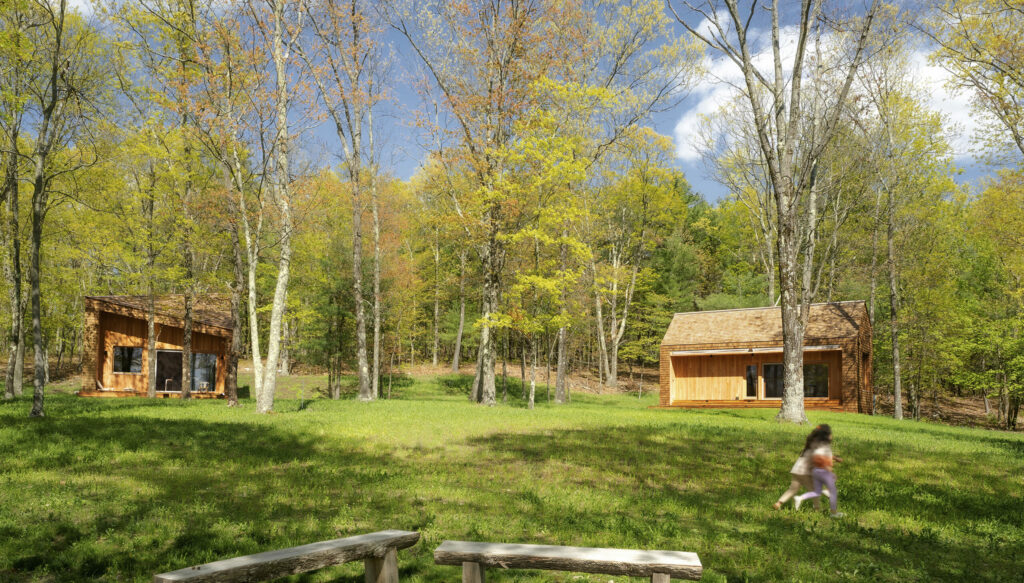 Last summer, Kühl completed two cottages on a farm in upstate New York using hempcrete in their construction. The blocks are not load-bearing, so the material is used primarily for thermally efficient insulation and interior walls. Using prefabricated hempcrete bricks and timber to reduce carbon impact, the two rental cottages are designed in keeping with upstate farmland architecture.
Last summer, Kühl completed two cottages on a farm in upstate New York using hempcrete in their construction. The blocks are not load-bearing, so the material is used primarily for thermally efficient insulation and interior walls. Using prefabricated hempcrete bricks and timber to reduce carbon impact, the two rental cottages are designed in keeping with upstate farmland architecture.
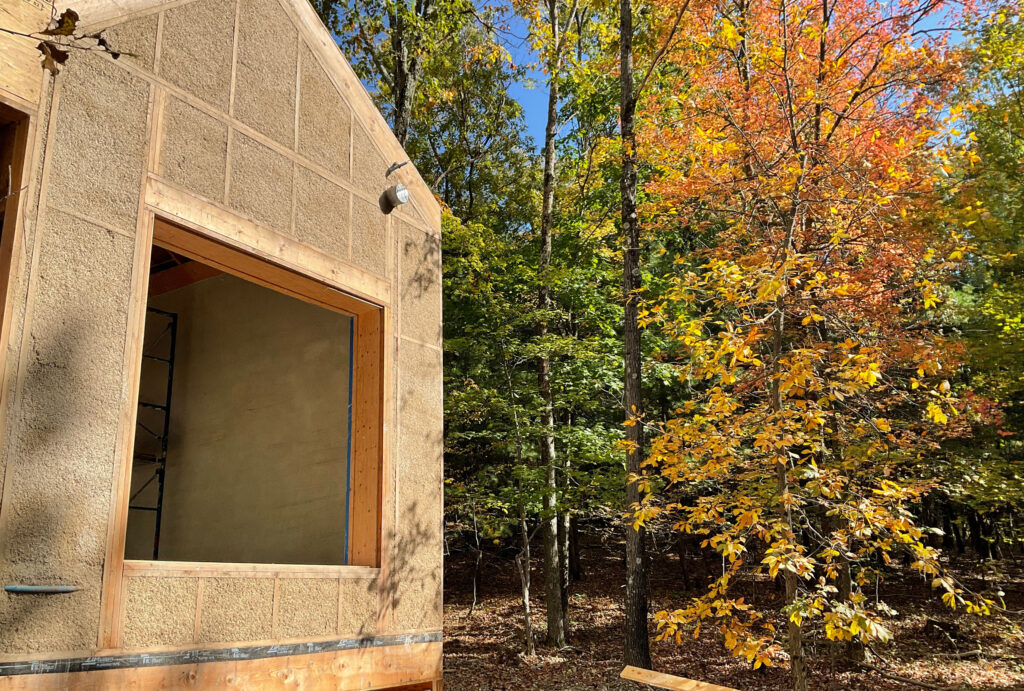 Hemp can capture more than twice its own weight in carbon, twice as fast as traditional forestry. “Choosing materials that sequester a lot of carbon before they become construction materials can be very beneficial in this quest to get to carbon-neutral by 2050,” Kühl said.
Hemp can capture more than twice its own weight in carbon, twice as fast as traditional forestry. “Choosing materials that sequester a lot of carbon before they become construction materials can be very beneficial in this quest to get to carbon-neutral by 2050,” Kühl said.
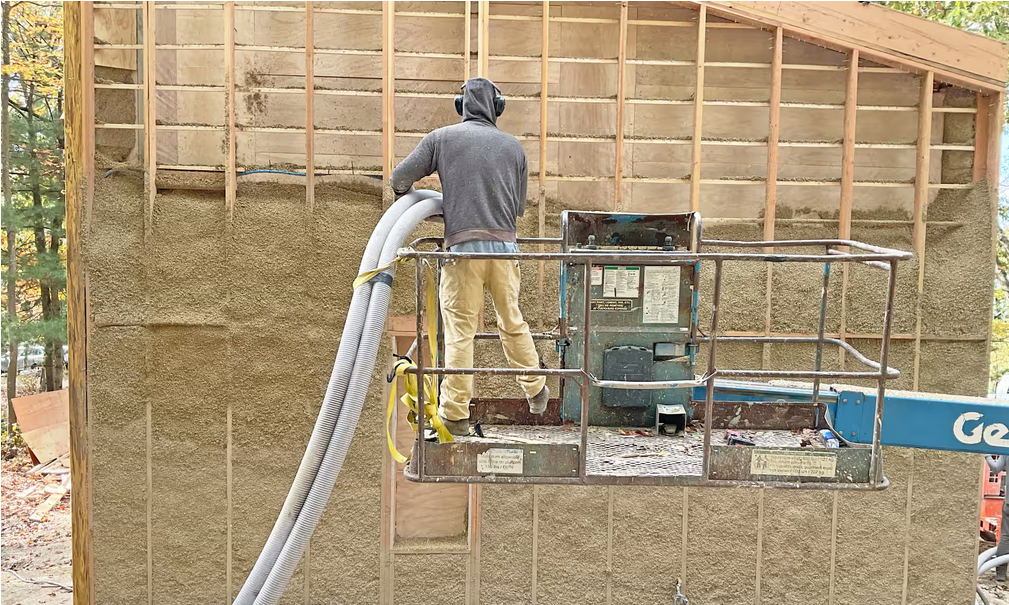 Hempcrete was first developed in France in the 1980s as a method of adding thermal performance to medieval timber frame buildings. In the UK the Haverhill hemp houses in Suffolk are a couple of decades old. Proponents of using hemp in construction talk up its non-toxic, mold, fire and infestation-resistant properties.
Hempcrete was first developed in France in the 1980s as a method of adding thermal performance to medieval timber frame buildings. In the UK the Haverhill hemp houses in Suffolk are a couple of decades old. Proponents of using hemp in construction talk up its non-toxic, mold, fire and infestation-resistant properties.
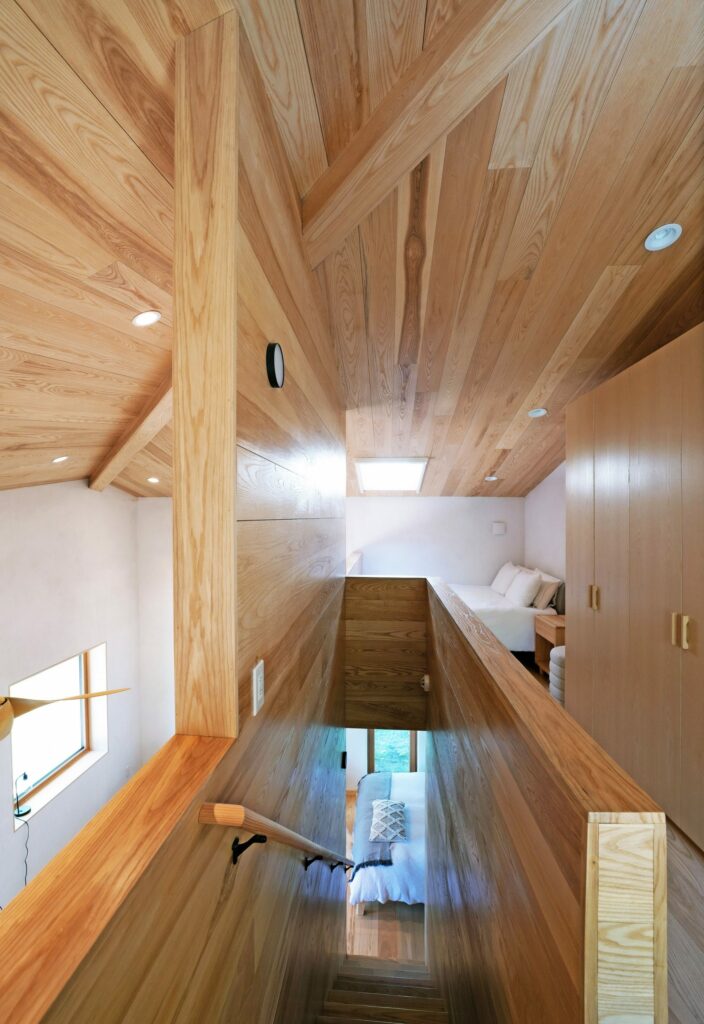 But the hemp-lime industry will need to compete with the established construction industry, for which cost and control are central concerns. For Texas Healthy Homes, the purpose is to build homes that look like any other but with adobe floors, no drywall, paint or calk.
But the hemp-lime industry will need to compete with the established construction industry, for which cost and control are central concerns. For Texas Healthy Homes, the purpose is to build homes that look like any other but with adobe floors, no drywall, paint or calk.
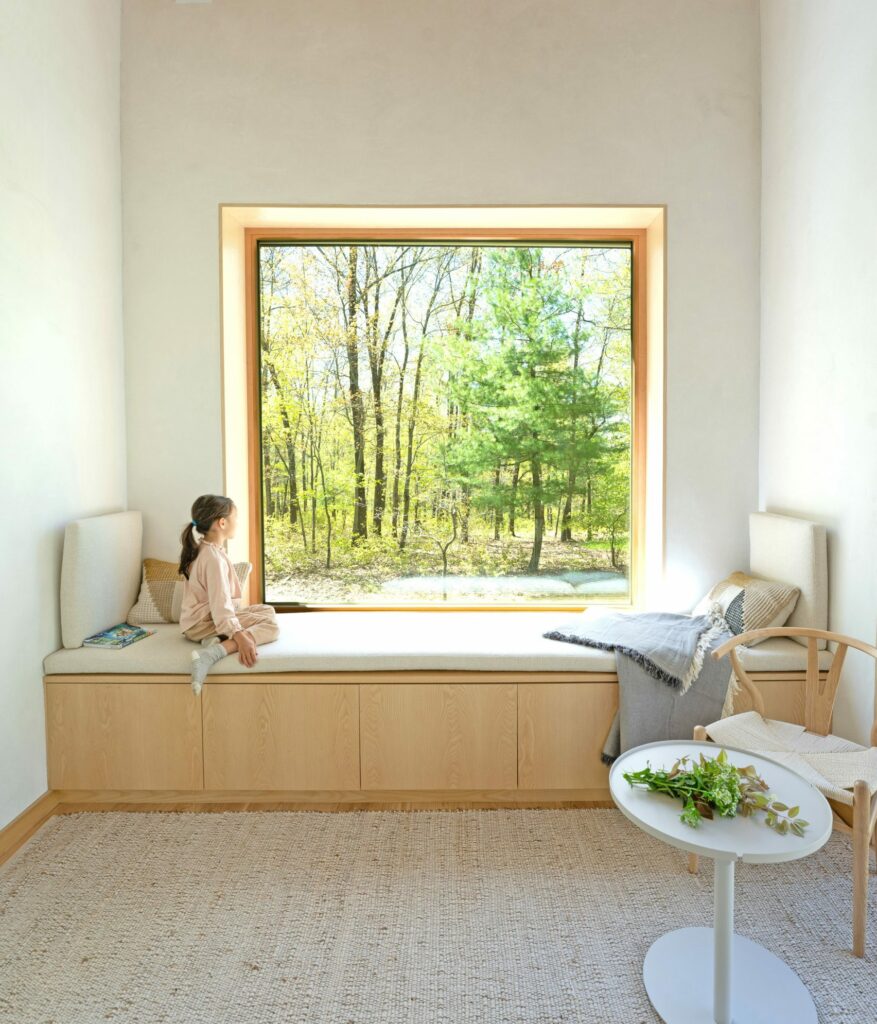 Tao Climate, a company that uses cutting-edge technology to grow hemp at scale, announced a partnership with Ukraine’s Hemp Technology to use hempcrete for housing for 170 internally displaced people and war orphans in Lviv. The project, a finalist entry in Elon Musk’s XPRIZE for carbon removal that comes with a $100m incentive prize, is estimated to remove more than 1,000 tonnes of CO2.
Tao Climate, a company that uses cutting-edge technology to grow hemp at scale, announced a partnership with Ukraine’s Hemp Technology to use hempcrete for housing for 170 internally displaced people and war orphans in Lviv. The project, a finalist entry in Elon Musk’s XPRIZE for carbon removal that comes with a $100m incentive prize, is estimated to remove more than 1,000 tonnes of CO2.
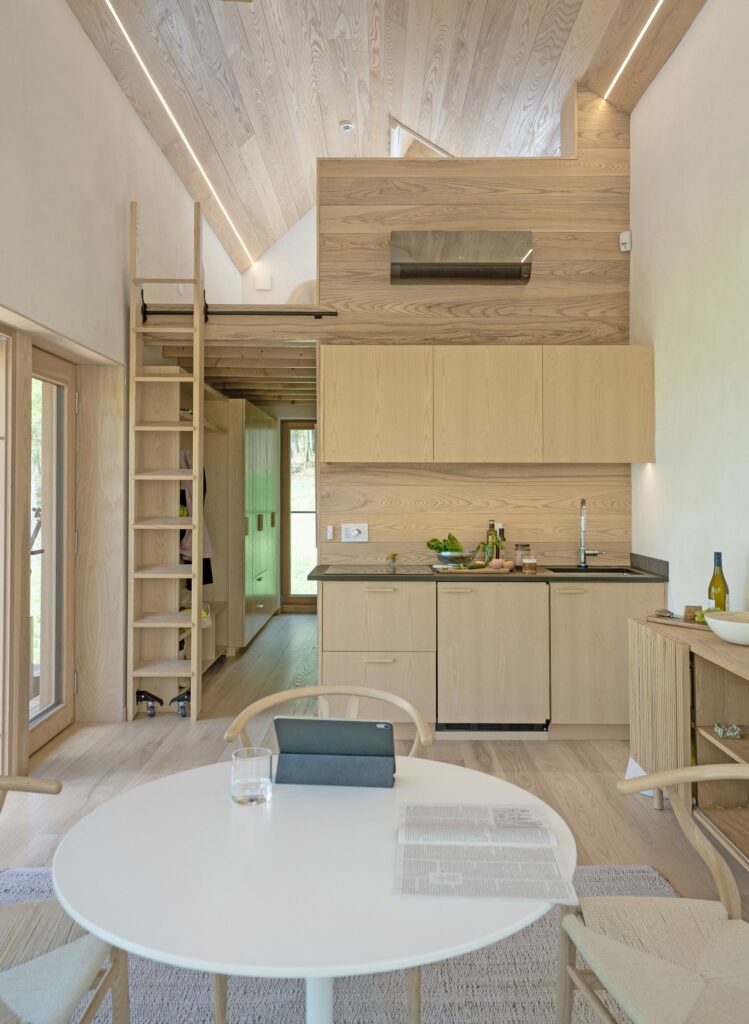 You can read the original article at www.theguardian.com
You can read the original article at www.theguardian.com

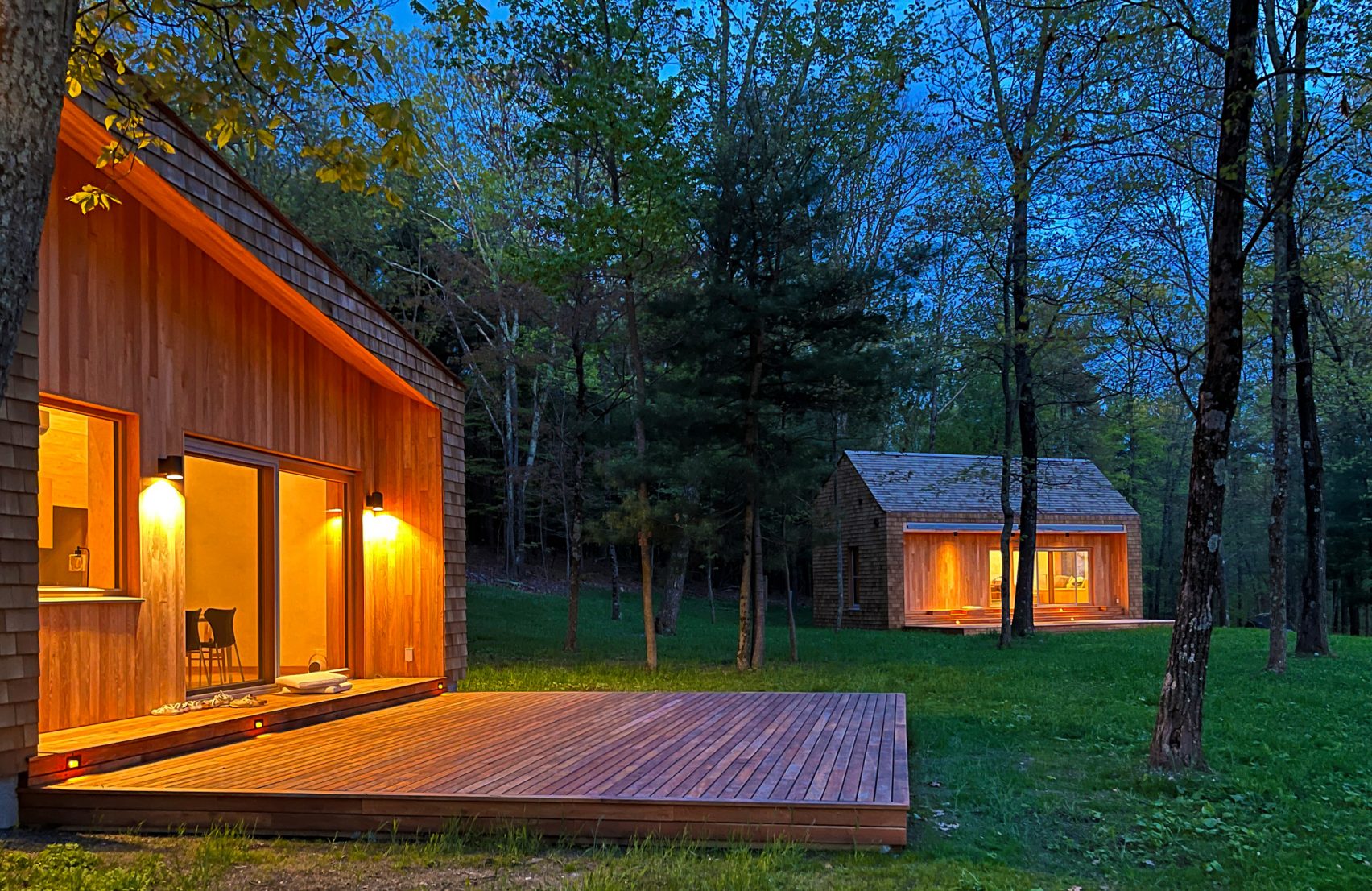
Now all that’s left to do is make hempcrete at least as strong as conventional concrete (if it isn’t already), and as relatively cheap as regular concrete, and we may end up seeing hempcrete become as common as standard concrete is today!